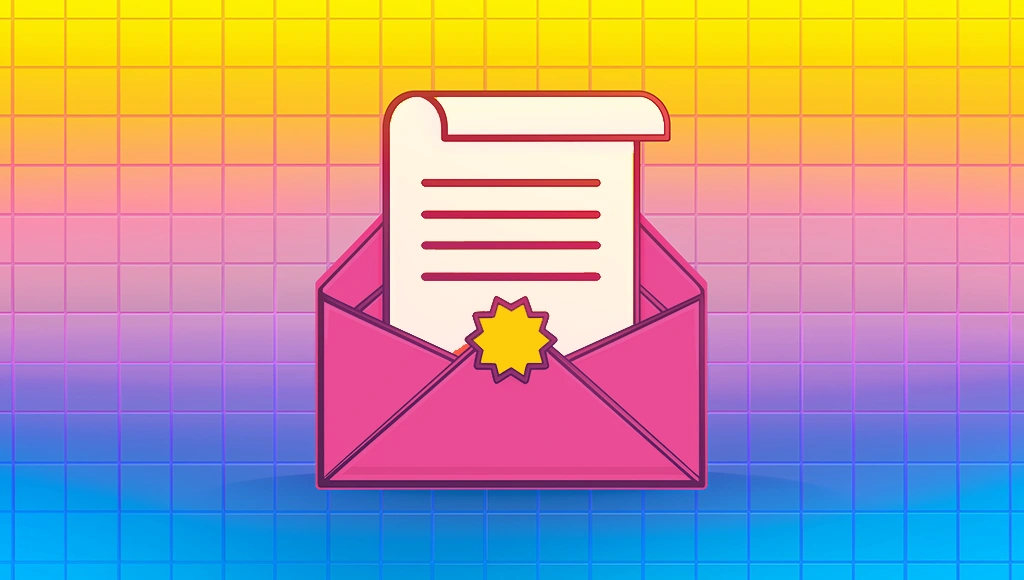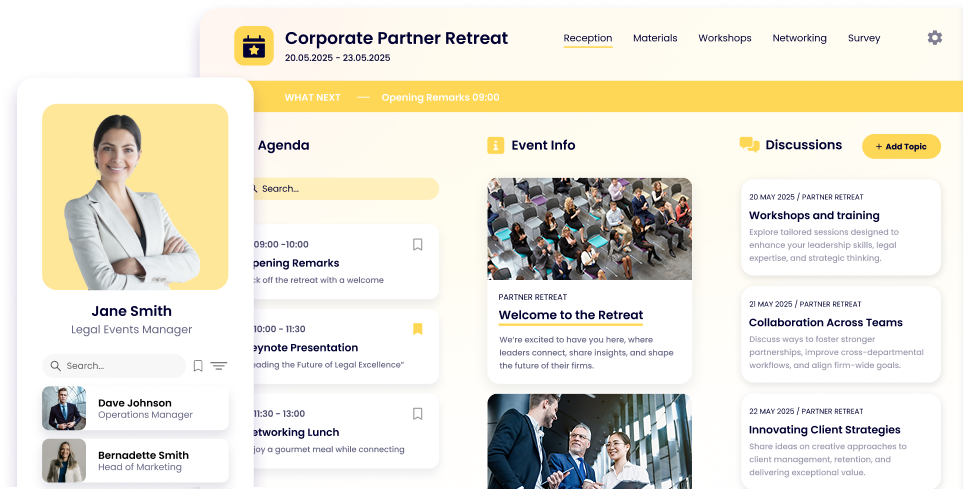8 Event Invitation Email Examples & Tips to Boost Attendance

Lisa Broom | Head of Marketing
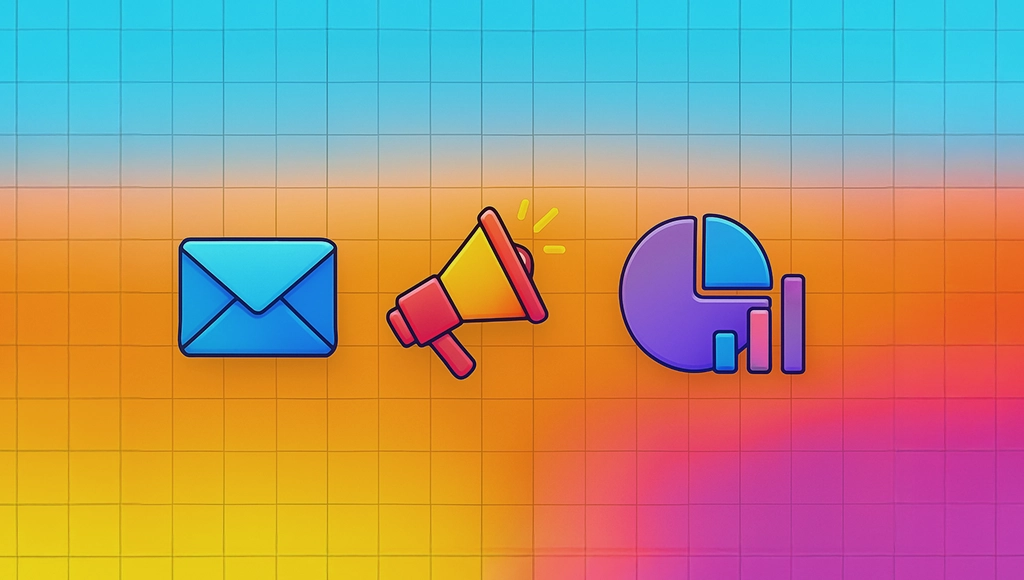
Struggling to create an event invitation email that gets responses? This guide will help you craft compelling emails with real examples, templates, and best practices. Learn how to optimize subject lines, design visually appealing emails, and use persuasive calls-to-action to maximize attendance.
Key Takeaways
✅ A strong subject line improves open rates, while concise email content clearly conveys event details and includes a compelling call-to-action (CTA).
✅ Personalization increases engagement—tailoring content to recipient interests and including relevant visuals boosts connection and appeal.
✅ A/B testing subject lines and CTAs optimizes email performance, increasing attendance rates.
1. Key Elements of a Successful Event Invitation Email
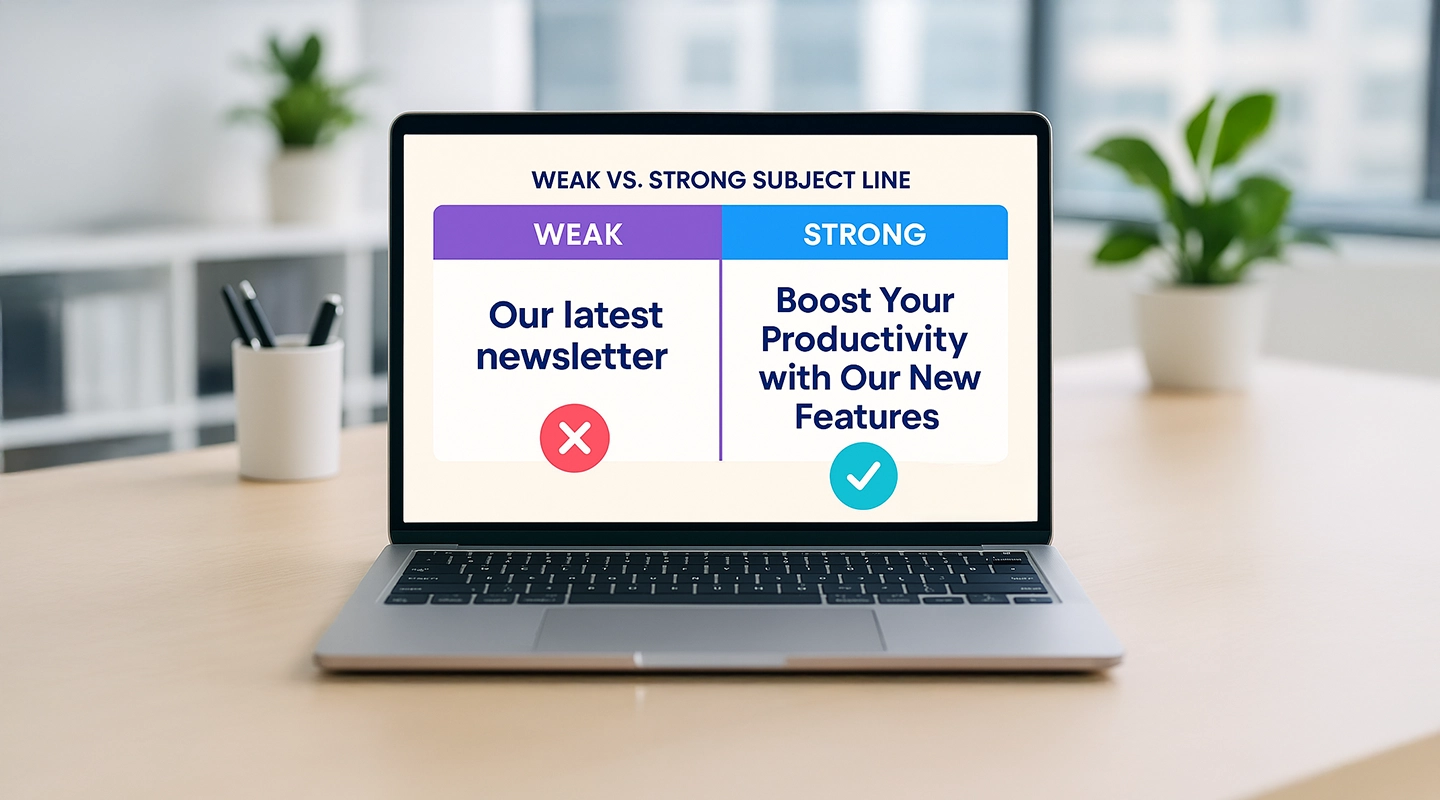
Several elements contribute to a high-performing event invitation email. The subject line is the gatekeeper—it must be compelling and relevant to entice recipients to open the email.
Once opened, the email body should be concise and informative, clearly stating essential event details like date, time, location, and key takeaways. A structured format with short paragraphs improves readability.
A strong call-to-action (CTA) tells recipients what to do next—register, RSVP, or get more details. A well-placed, action-oriented CTA significantly boosts engagement.
2. Crafting an Attention-Grabbing Subject Line
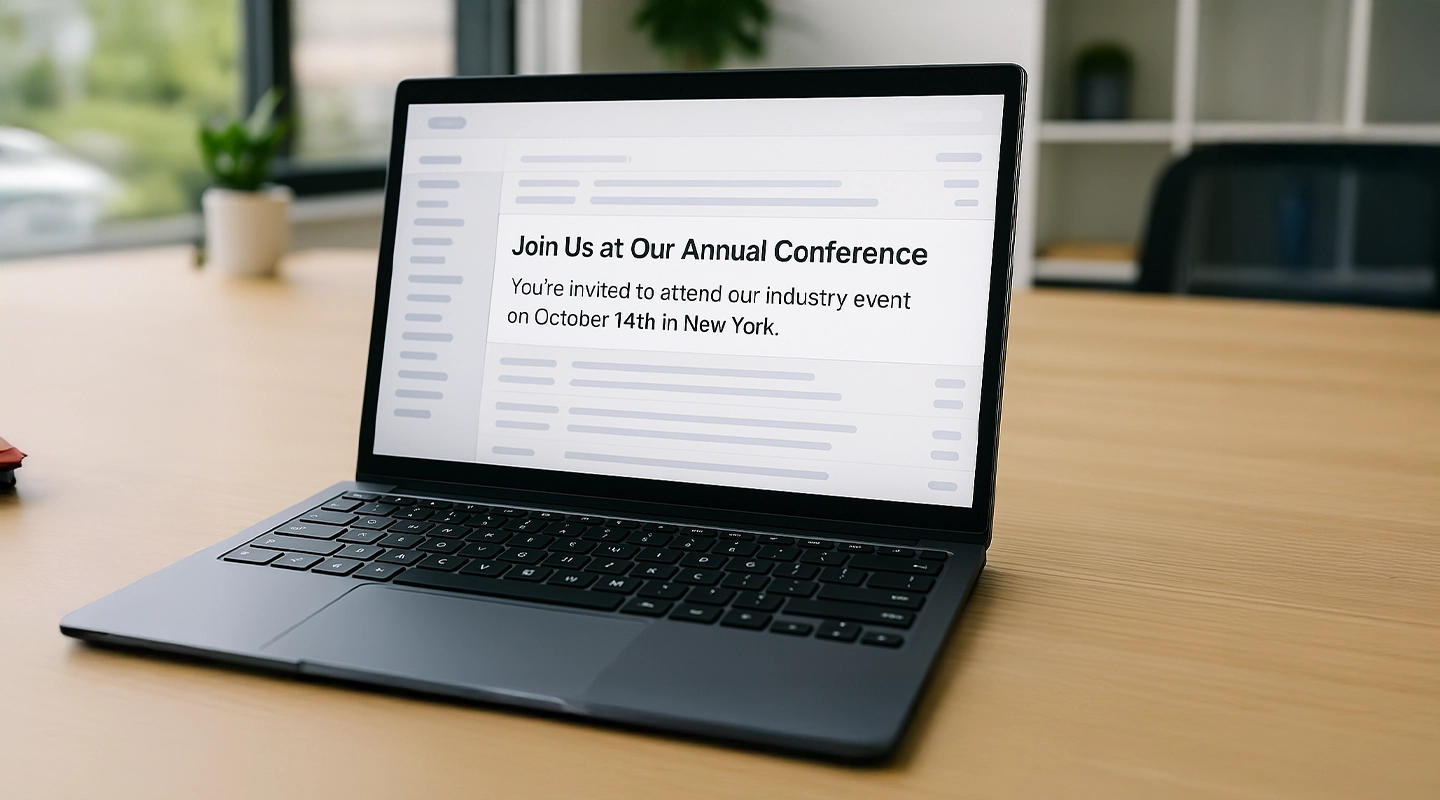
The subject line determines whether your email is opened or ignored. To create an effective subject line:
- Keep it under 60 characters for better visibility on mobile.
- Use action words to create excitement.
- Personalize when possible (e.g., “John, Your Exclusive Invite Awaits!”).
- Highlight exclusivity or urgency (e.g., “Limited Seats! Register Now for [Event Name]”).
A/B testing subject lines helps identify what resonates best with your audience. Preview text (the snippet visible next to the subject line) should complement it by adding more context.
3. Personalizing Your Event Invitation Email
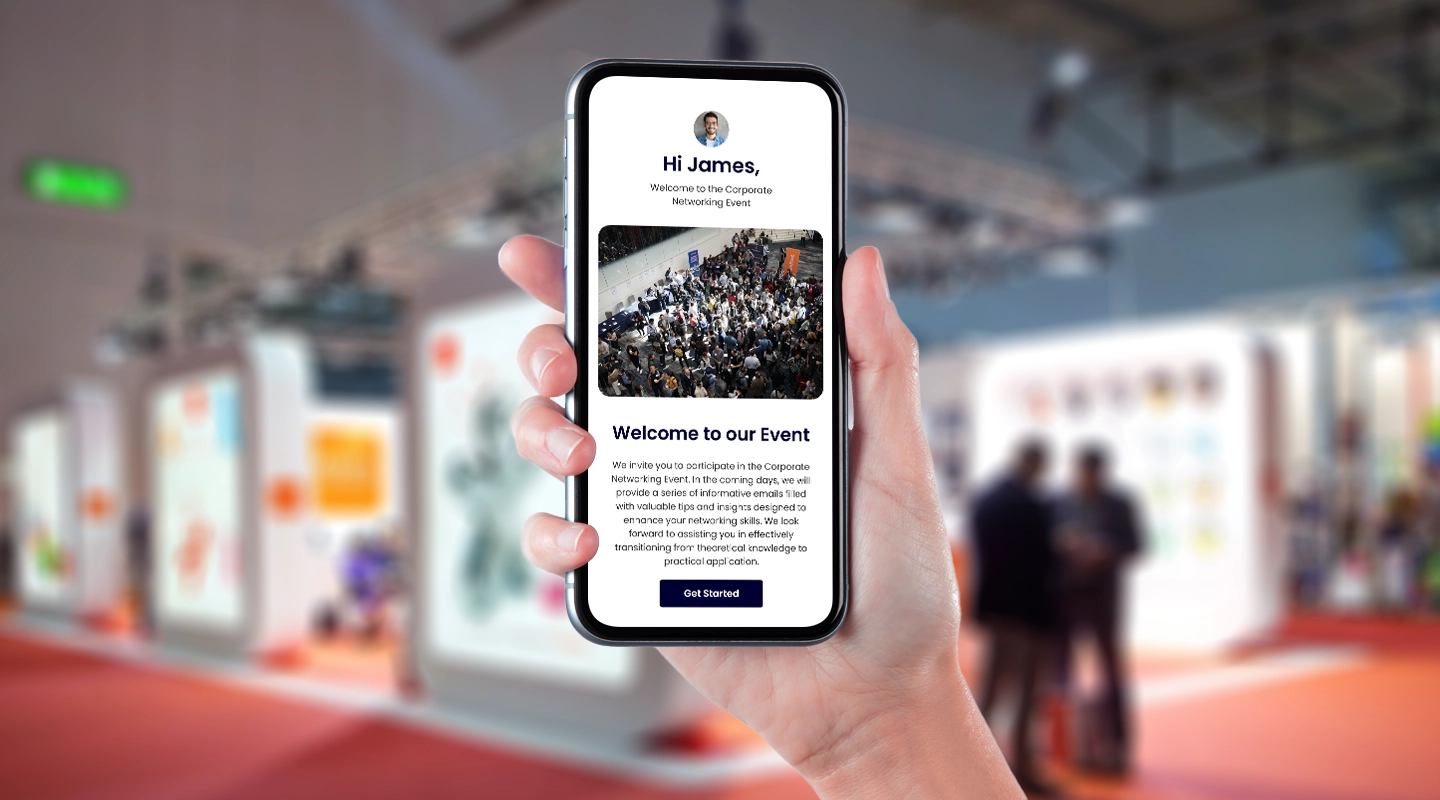
Personalization increases email engagement by making recipients feel valued. Effective strategies include:
- Addressing recipients by name.
- Segmenting your email list based on interests or past interactions.
- Highlighting speakers or topics that align with recipient preferences.
Including personal elements like photographs of keynote speakers or testimonials from past attendees can enhance the invitation’s appeal.
4. Designing Visually Appealing Event Invitation Emails
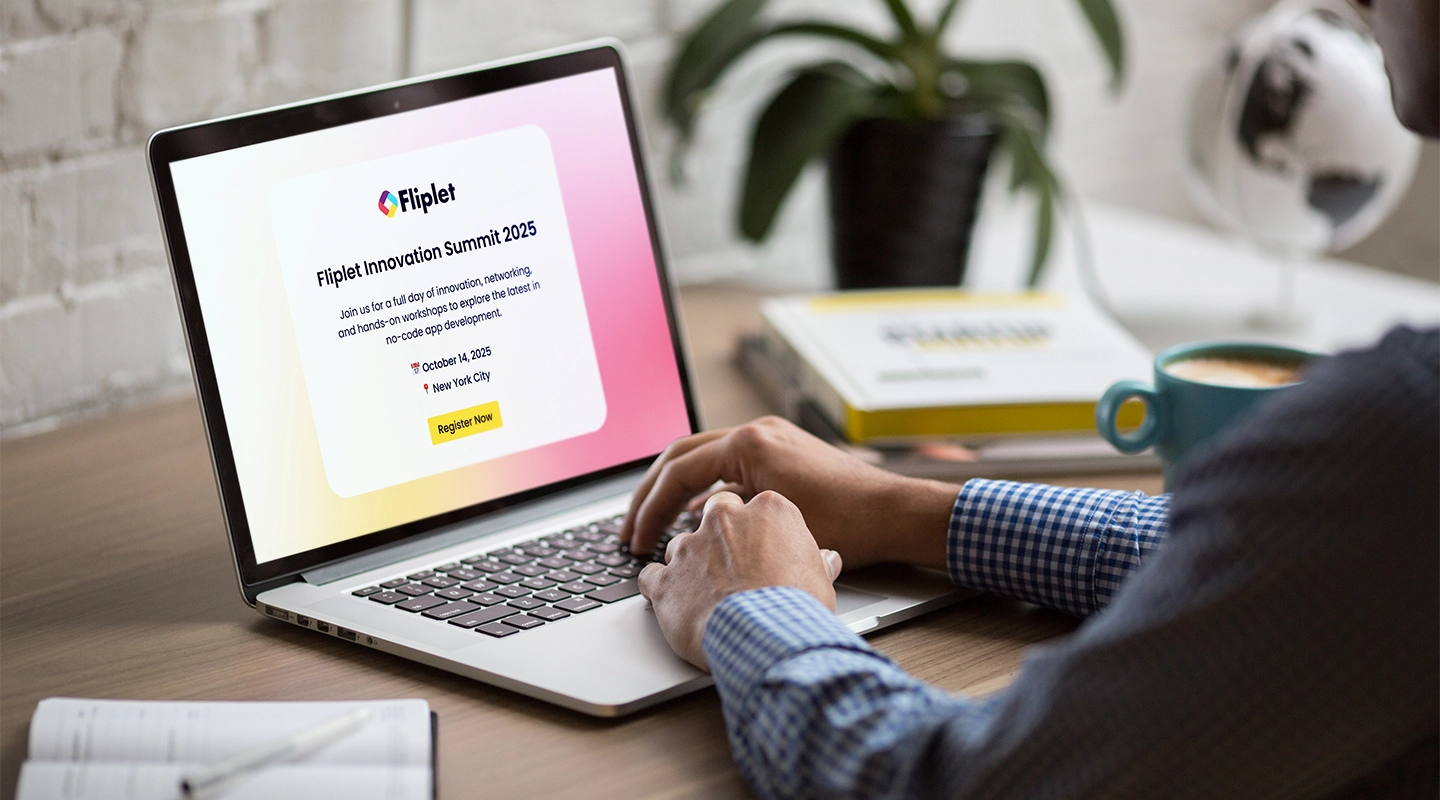
An eye-catching design makes emails more engaging. Best practices include:
- Using bold colors and consistent branding.
- Featuring high-quality event images and speaker photos.
- Ensuring a mobile-responsive design for better readability.
A well-designed email aligns visually with your event’s landing page for a seamless experience.
5. Effective Call-to-Action Strategies

Your CTA is crucial in driving conversions. To optimize it:
- Use action-oriented language like “Reserve Your Spot” or “Join Now.”
- Create urgency with limited-time offers or countdown timers.
- Ensure the CTA button stands out visually with a contrasting color.
6. Event Invitation Email Templates
Using templates saves time and ensures consistency. Here are three tailored examples:
Corporate Event Invitation Template
📌 Subject: “Network & Learn at [Event Name] – Secure Your Spot!”
📩 Body:
- Personal greeting
- Event details (date, time, location)
- Benefits of attending
- Strong CTA (e.g., “Register Now”)
Webinar Invitation Template
📌 Subject: “Exclusive Webinar: [Webinar Topic] – Reserve Your Seat”
📩 Body:
- What attendees will learn
- Speaker introduction
- Registration link
Networking Event Invitation Template
📌 Subject: “Expand Your Network – Join Us at [Event Name]”
📩 Body:
- Value of attending
- RSVP details
- Engaging CTA
7. Best Practices for Event Invitation Email Marketing
Follow these best practices to improve results:
- Segment email lists to send targeted invitations.
- Automate follow-ups to boost engagement.
- Send emails midweek (Tuesdays – Thursdays) for higher open rates.
- Use social proof, such as testimonials or past event photos.
8. Testing and Optimizing Your Event Invitation Emails

A/B testing different elements can improve performance:
- Subject lines: Test urgency vs. curiosity-based lines.
- CTA wording: Compare “Register Now” vs. “Save Your Seat.”
- Design: Experiment with button colors and email layouts.
Using email marketing platforms, you can automate A/B testing and analyze key metrics like open and click-through rates.
Wrapping Up: 5 Tips for Creating Irresistible Event Invitation Emails
- Use urgency in subject lines sparingly to drive opens.
- Tailor content to audience interests.
- Clearly state the value of attending.
- Include a strong CTA to prompt action.
- Keep it concise – clarity leads to better engagement.
By applying these strategies, you can create event invitation emails that capture attention and drive attendance.
FAQs
Why is the subject line important in an event invitation email?
It directly affects the open rate—compelling subject lines increase the likelihood of engagement.
How can I personalize my event invitation emails?
Address recipients by name, segment your audience, and tailor content to their interests.
What makes a visually appealing event invitation email?
Bold colors, consistent branding, engaging images, and mobile responsiveness enhance appeal.
Why is a clear call to action important in event invitation emails?
A well-placed CTA guides recipients on what action to take next, increasing conversions.
How can I test and optimize my event invitation emails?
Use A/B testing to evaluate subject lines, CTAs, and design variations for better results.


